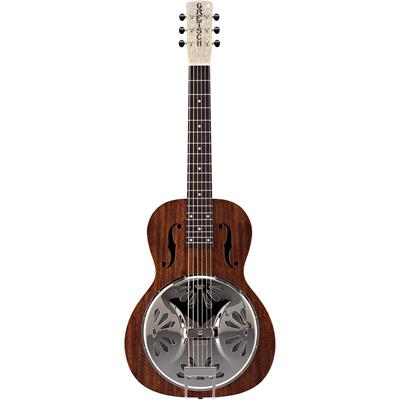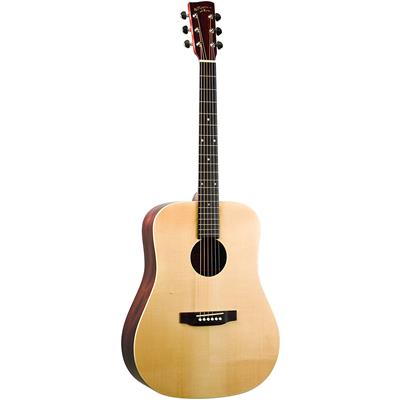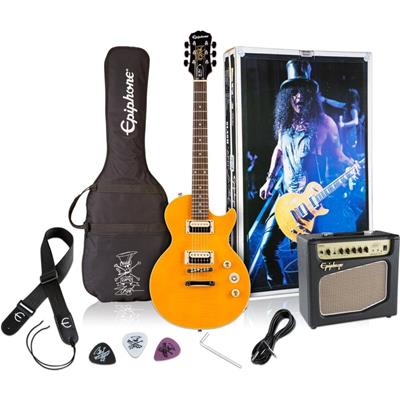Ah, the Capo, otherwise known as the amateur guitar players favorite tool to look and sound better than they are. In case you don’t know what a capo is, here is a quick hint: it is a clamp to put on your guitar which allows you to change the way your guitar sounds. The idea behind a capo is rather simple and the fact that they are as cheap to buy as we know them to be means that they are widespread in the guitar playing community. I mean why wouldn’t they be? They are incredibly comfortable and very easy to use. Still there is a whole lot of people out there who use the capo wrong. How is that possible? Well, it really is not that hard. The thing is a lot of amateur players don’t know that just buying the best capo is not the way to greatness. You have to know certain details, like how to clamp it on right, or how to move it at the right time, for it to be useful and not damaging to the guitar. So, as your virtual guide on this lengthy foray into the world of guitars, bass guitars and other musical instruments, let me talk about the correct ways of using a guitar capo.
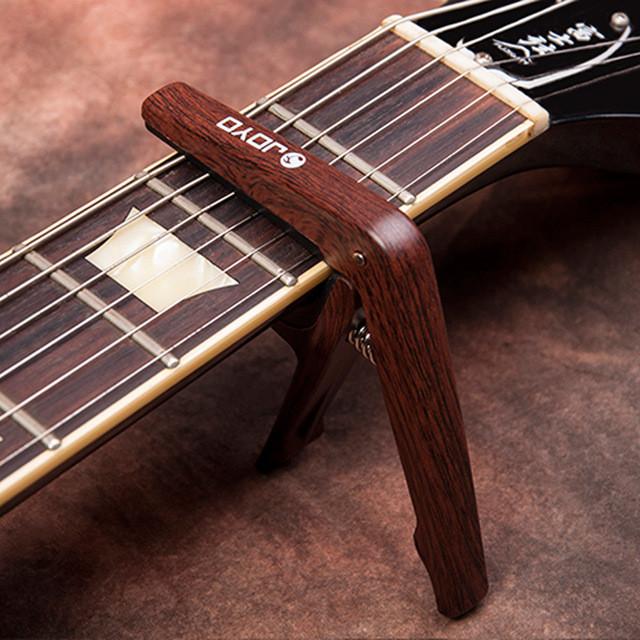
How hard can it be?
It really is not that hard to use the capo right. It is yet still important to make sure you are doing the things right. So I made a quick list to look at and make sure you are doing everything right.
First and foremost you need to clamp the capo on so that it does not get in the way of your playing. That means if it has a handle, it needs to be pointing upwards. This will prevent the capo from potentially getting in the way of your hand movement by colliding with your wrist or arm.
Second of all make sure the capo is attached at the right point on the fret. Place it where you would place your finger. This will result in the tone being clear and buzz free. The buzz can be caused by the fact that the capo is either too close to the fret divider, or too far from it, making the string buzz against the metal.
Finally, make sure that the pressure exerted by the capo onto the string is not too high. Extremely high pressure will result in your guitar going out of tune, while not enough pressure means that the capo will not have the desired effect.
Moving
Capos that have handles, such as clamp on capos, will allow you to move them on and off the guitar, or from different parts of the guitar, rather quickly. This is a great way to alter your sound in the middle of a song, or to play around with the sound you are making. Make sure you are able to comfortably grip the capo if you intend to either clamp it on or off in the middle of performing. Grab the capo with the entirety of your palm. This will allow you to produce the strength required to move it much easier, as compared to when you are using just your fingers.
Most importantly, if you are going to be performing with a capo, while putting it on and off the guitar, practice the action. It may take a while for a beginner player to get used to placing their fingers right on the fretboard. The same goes for the capo. Since placing the capo right is key to performing without a hitch, a little bit of practice can go a long way in keeping your song uninterrupted and clean.
How to choose the placement
One of the most important things you need to learn in using capos is how to place them right. A lot of the time the reason a guitar player will acquire a capo is because they need to change keys when playing a certain song. Whether it is because they want to put their own spin on a song or to accomodate for the voice of the singer of the group does not matter. Knowing where to place the capo is key in effectively using it.
If you bought the capo to accommodate your vocalist, you will need to work with them to figure out the perfect capo placement that works with their voice. This may take a few minutes, but the result will be a better sounding song that the vocalist can easily work with. There is no shame in using a capo to accommodate a voice, it is actually a pretty common thing, so don’t be annoyed at the singer requesting that you accommodate for them.
If you are simply trying to put a new spin on an already existent song, just try experimenting for a little and you will figure it out. The capo will help you to move from one key to the other without an issue. Just expect that you will need to move your fingers a little differently to produce different sounds. Still placing the capo at the second, third, or other frets will always produce an interesting effect. Either go with what your common sense says for capo placement, or try to experiment a little to produce an interesting effect for the guitars sound.
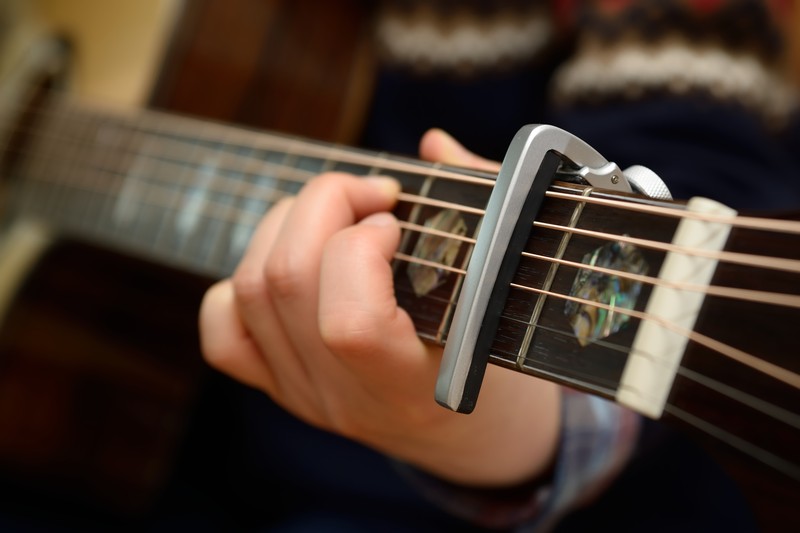
But hey, my Capo does not sound right!
Have you been trying to play with a capo, but been failing? Well that is probably because you are not doing it right. It’s not your fault really. There are many types of capos out there that are very specific in their build. This means that using them might be a little different and might result in different issues. Figuring out what type of capo you have is the first step in understanding what issues you might be having with it. A clamp on capo might be located in a bad spot, or clamped on wrong, or have issues with pressure. A pressure capo might be exerting too much pressure, or not enough on the strings. A capo that uses a belt might be slipping off from its positing. Just make sure that you are not having any of these problems, commonly associated with specific types of capos. If none of those apply then make sure that you are using the capo right by going through some of the items I described above.

There is not really that much that can go wrong with how you are using your capo. If you are having issues with it the cause is probably very simple and quick to solve. Unless you bought a low quality capo, in which case solving the problem comes at the cost of a few extra dollars. To save yourself from the issue make sure you are buying an actually high quality capo, like one of capos I have recommended. Some of the best capos out there are not even that expensive so it should not be that much of an issue for you. Some capos even come in bundles, so that if you end up losing one, you always have a back up. Just don’t go crazy for the capos. They are not going to make you better at playing the guitar, unless you already know how to do it.
Good Luck!

